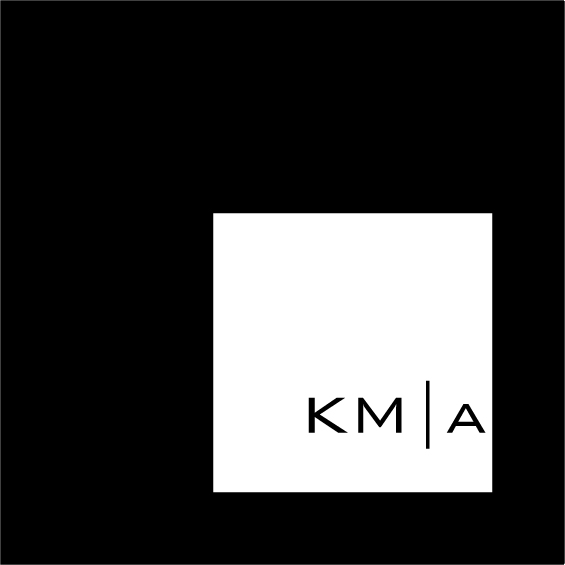What level of quality do you expect?
What price are you willing to pay for this quality?
Value is the perception of quality received for the price paid. How each of us perceive this is very different.
Modern Door Jamb
Jamb is kerfed to utilize a piece of “L” metal and create a trimless (no door casing) door jamb.
Let’s use an real example to review this concept. Let’s say you want to use a modern door jamb detail. You have a picture of what you want. The architect has drawn the detail to reflect the picture you have provided. You request this detail from the contractor. Your contractor gives you the cost to execute this detail. You think his price is too much and you search elsewhere for someone to provide this detail at a lower cost.
It is at this point that the value of this detail comes into question. It maybe that cost of providing this detail is more than you are willing to pay. In this case, you do not see the value in this detail.
Commonly, you then search elsewhere and find someone to do the detail at a cost that you can accept.
But can they really perform the detail to a satisfactory level of quality? The subcontractor that you have chosen to perform this work may not have the same standards as you do. Or the subcontractor may simply not have the skill level required to properly execute the detail.
Quality has a cost.
The intersection of Cost and Quality = Value
In the graph above, note that the value relationship between cost and value is not linear. Higher levels of quality come at much higher levels of cost. Perfection is extraordinarily expensive.
In design and construction, it is critical for the architect and general contractor to clearly understand the expectations of the owner. This simply cannot be assumed. The architect must have this conversation with the owner. The architect must educate the owner as to what and how their expectations translate into a level of quality (and the corresponding levels of cost) that will be demanded through the design and construction process.
The higher the level of precision and accuracy required in the project, the higher the cost of design and construction. The architect will spend more time documenting the details that will provide this higher level of quality. The subcontractors will spend more time crafting the details during construction. More time equates to more cost.
There is a catch 22 here as well. If you don’t want the architect to spend the time to properly document the details to achieve the level of quality you expect, the general contractor, using the construction documents from the architect, will not properly estimate the cost of construction. This can lead to change orders during construction, increased cost, and schedule delays. And much frustration.
While it is exciting to be planning a new project, it is critical to spend enough time planning the project to the appropriate level of detail. It is also critical to review the budget for the project to make sure that the funds available will support the level of quality you expect.

